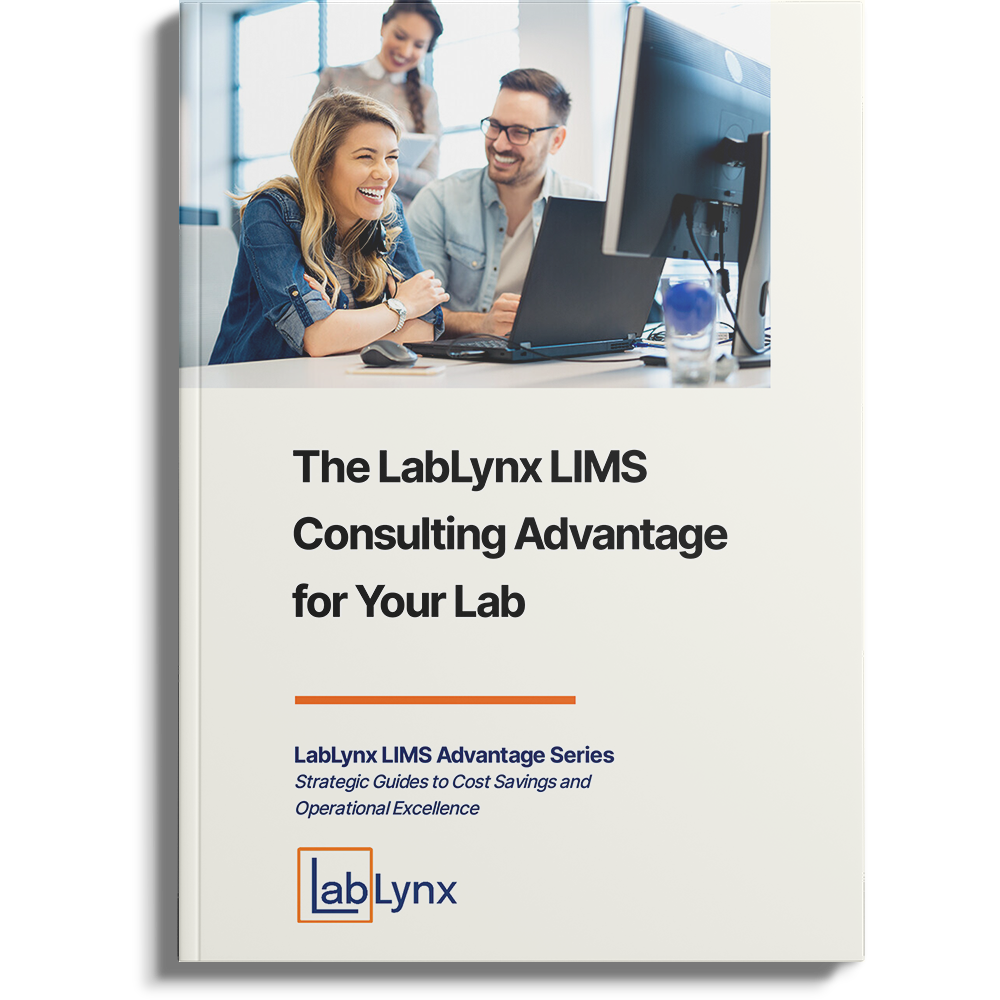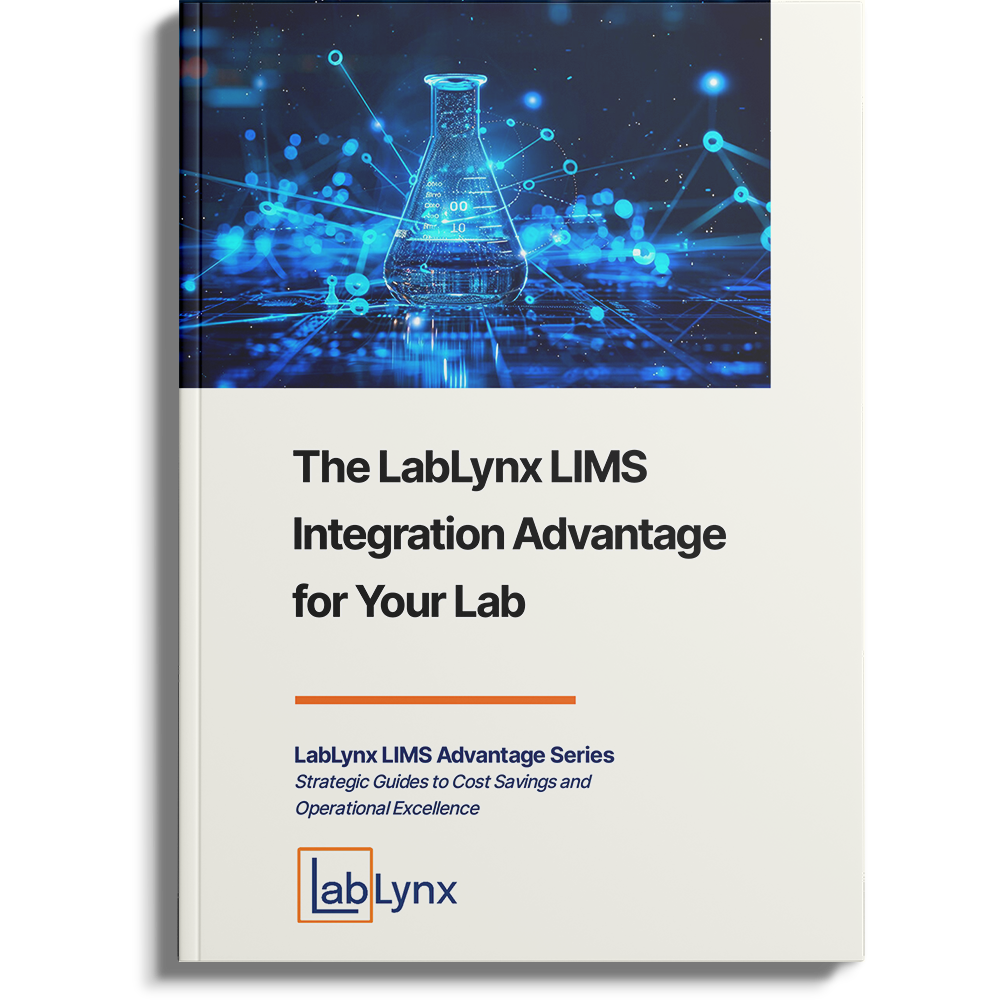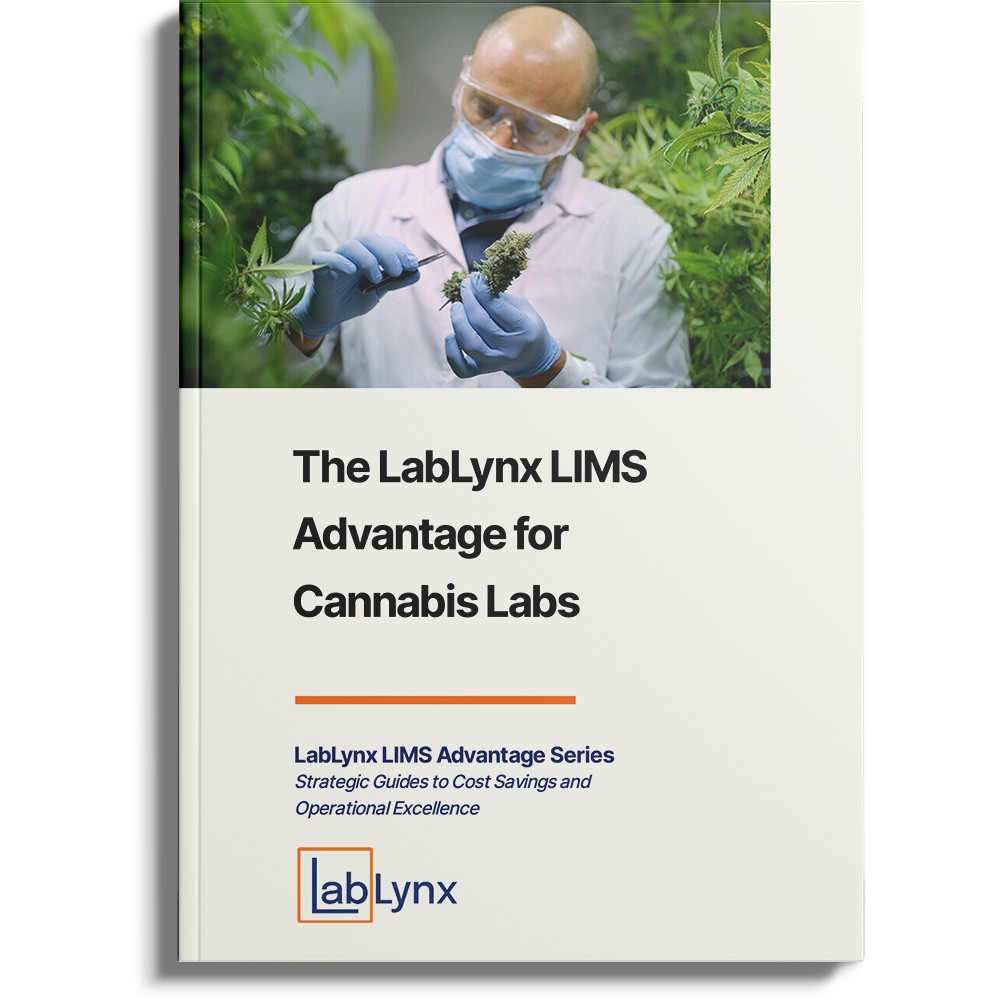
Change is an inevitable part of any industry, and laboratories are no exception. As technology advances, regulations evolve, and organizational needs shift, laboratories must adapt to stay competitive and compliant. A Laboratory Information Management System (LIMS) is a critical tool that helps labs manage these changes effectively, ensuring smooth operations and continued success. However, as your lab grows and evolves, so must your LIMS. Documenting these changes is crucial to maintaining the integrity, efficiency, and effectiveness of your LIMS, and ultimately, your lab’s operations.
Why Your LIMS Needs to Evolve
A LIMS is not a static tool; it is designed to adapt to the changing needs of your laboratory. Whether you’re expanding your lab’s capabilities, integrating new instruments, or complying with updated regulations, your LIMS must evolve to support these changes. Failure to update your LIMS can lead to inefficiencies, compliance risks, and even data loss. Here are some common scenarios where your LIMS may need to evolve:
- Expansion of Laboratory Services: As your lab grows, you may introduce new testing services or expand into new areas of research. Your LIMS must be updated to accommodate these new services, ensuring that it can manage additional data, workflows, and reporting requirements.
- Integration of New Technologies: Advances in laboratory instruments and automation require seamless integration with your LIMS. Regular updates ensure that your LIMS can communicate effectively with new equipment, capturing data accurately and efficiently.
- Regulatory Compliance: The regulatory landscape is constantly changing, with new standards and guidelines introduced regularly. Your LIMS must be updated to reflect these changes, ensuring that your lab remains compliant with industry regulations such as GLP, GMP, ISO, and CLIA.
- Improved Data Management: As the volume and complexity of data generated by your lab increase, your LIMS must evolve to handle these demands. This includes enhancing data storage, retrieval, and analysis capabilities to ensure that your lab can continue to operate effectively.
The Importance of Documenting LIMS Changes
As your LIMS evolves, documenting these changes is essential for several reasons:
- Ensuring Data Integrity: Documenting changes to your LIMS helps maintain data integrity by providing a clear record of updates, modifications, and customizations. This ensures that all stakeholders understand how the system has evolved and how it impacts data management processes.
- Facilitating Compliance: Regulatory bodies require accurate documentation of all changes made to systems that manage critical data. By documenting updates to your LIMS, you can demonstrate compliance with regulatory requirements during audits and inspections.
- Enhancing User Training: As your LIMS evolves, so do the workflows and processes within your lab. Documenting these changes ensures that all users are informed of new procedures and are adequately trained on how to use the updated system.
- Streamlining Troubleshooting: In the event of issues or errors, documented changes provide a roadmap for troubleshooting and resolving problems. This minimizes downtime and ensures that your lab can continue to operate efficiently.
- Supporting Continuous Improvement: Documenting changes to your LIMS provides valuable insights into how your lab’s operations have evolved over time. This information can be used to identify areas for further improvement and to plan for future upgrades or expansions.
Best Practices for Documenting Your Evolving LIMS
Effective documentation is key to managing an evolving LIMS. Here are some best practices to ensure that your documentation is thorough, accurate, and useful:
- Create a Change Management Plan: Before making any updates to your LIMS, develop a change management plan that outlines the scope of the changes, the expected impact on lab operations, and the documentation requirements. This plan should involve all relevant stakeholders, including IT, lab managers, and quality assurance teams.
- Use Version Control: Implement version control to track changes to your LIMS over time. This includes assigning version numbers to updates and maintaining a log of all modifications. Version control ensures that you can easily identify and revert to previous configurations if necessary.
- Document Customizations: If your LIMS has been customized to meet specific lab needs, document these customizations in detail. This includes the purpose of the customization, the changes made to the system, and how they impact lab workflows. Clear documentation ensures that future updates or troubleshooting efforts consider these customizations.
- Include Detailed Descriptions: When documenting changes, include detailed descriptions of what was changed, why it was changed, and how it impacts lab operations. This information should be accessible to all relevant stakeholders and should be updated regularly as new changes are made.
- Regularly Review and Update Documentation: Documentation is only valuable if it is kept up to date. Schedule regular reviews of your LIMS documentation to ensure that it accurately reflects the current state of the system. This includes updating user manuals, training materials, and compliance documentation.
- Train Staff on Documentation Practices: Ensure that all staff involved in managing or using the LIMS are trained on documentation practices. This includes understanding the importance of documentation, how to access and use documented information, and how to contribute to the documentation process.
The Role of LIMS in Lab Management
A well-maintained and documented LIMS plays a crucial role in effective lab management. It serves as the backbone of your lab’s operations, enabling you to manage data, automate workflows, and ensure compliance with industry standards. By keeping your LIMS up to date and thoroughly documented, you can maximize its potential and ensure that your lab operates at peak efficiency.
Operational Efficiency: A documented LIMS allows for smoother transitions during system updates, reducing downtime and ensuring that lab operations continue without disruption.
Compliance Assurance: Proper documentation supports your lab’s compliance efforts, providing the necessary records for audits and regulatory inspections.
Data Accuracy: With accurate documentation, you can ensure that all data managed by the LIMS is reliable and that any changes to data management processes are well understood and consistently applied.
Scalability: As your lab grows, documented LIMS changes provide a roadmap for future expansions, ensuring that your system can scale to meet increasing demands.
Conclusion: Embrace Change, Document It, and Thrive
Change is a constant in the laboratory environment, and your LIMS must evolve to keep pace. By documenting these changes meticulously, you not only protect the integrity of your lab’s operations but also position your lab for continued success. A well-documented LIMS ensures that your lab remains efficient, compliant, and capable of adapting to future challenges.
At LabLynx, we understand the importance of an evolving LIMS. Our solutions are designed to grow with your lab, and we offer comprehensive support to ensure that your system is always up to date and fully documented. Whether you’re implementing a new LIMS or updating an existing one, LabLynx is here to help you navigate the complexities of lab management in a changing world. Contact us today to learn more about how we can support your lab’s evolving needs.




